By Angela Szesciorka, Vertebrate Ecology Lab
In March the MS211 class (Ecology of Marine Turtles, Birds and Mammals) climbed onto a small inflatable boat, pointed offshore, and ran a half mile obstacle course through rocks, waves, and seals to Año Nuevo Island.

Año Nuevo (Spanish for New Year) Island is a small (9 acre) island off Año Nuevo in San Mateo County between San Francisco and Santa Cruz. Two hundred years ago the island was connected to the mainland by a low peninsula. It served as a Coast Guard light station from 1872 to 1948. The foghorn building and former light keepers' residence still remain on the island and can be seen from shore.
Now the island is an important breeding site for Northern Elephant Seals, Steller's Sea Lions, and Harbor Seals, as well as six species of seabirds, including Rhinoceros Auklets, Cassin’s Auklets, Brandt's Cormorants and Western Gulls. It also provides important resting habitat for California Sea Lions and many bird species including Brown Pelicans.
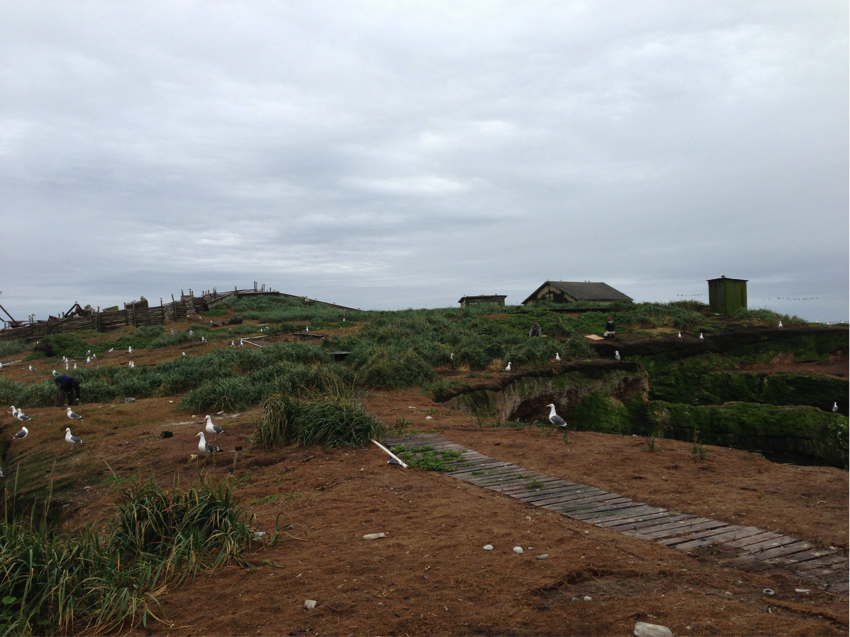
The class went because vertebrate ecology student Ryan Carle has been working on the island for four years with Oikonos Ecosystem Knowledge, a nonprofit that studies and protects imperiled ecosystems. Ryan is doing his thesis work with Rhinoceros Auklets reproduction and diet.
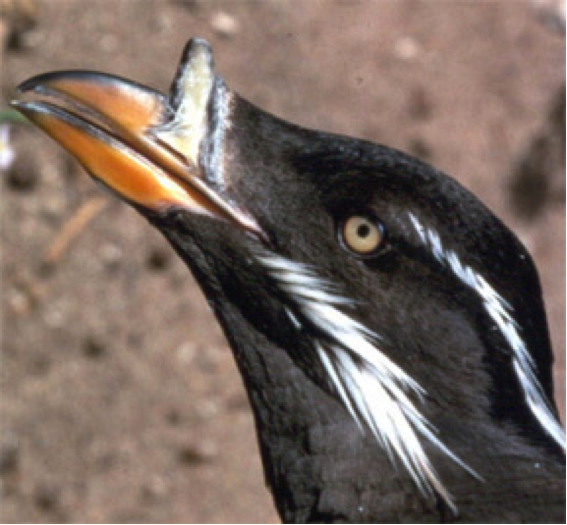
Ryan also does habitat restoration on the island. Over the past century, human manipulation, sea lion trampling, and introduced rabbits caused virtual extinction of native plants on the island, and damage from erosion to fragile Rhinoceros and Cassin’s Auklet burrows on the island. In 2010, Oikonos implemented a restoration project to reduce sea lion trampling of seabird nests, restore native plants, and increase auklet breeding habitat. Read more about it here and here.
The mammals class joined Ryan to volunteer on the island for a full day of science and stewardship (also known as hard manual labor to some). This included:
• Collecting pelagic cormorant boluses. Boluses are balls of mucus and hard parts from food that birds regurgitate after eating. This is used for diet studies. Collecting and analyzing is not for the faint of heart.
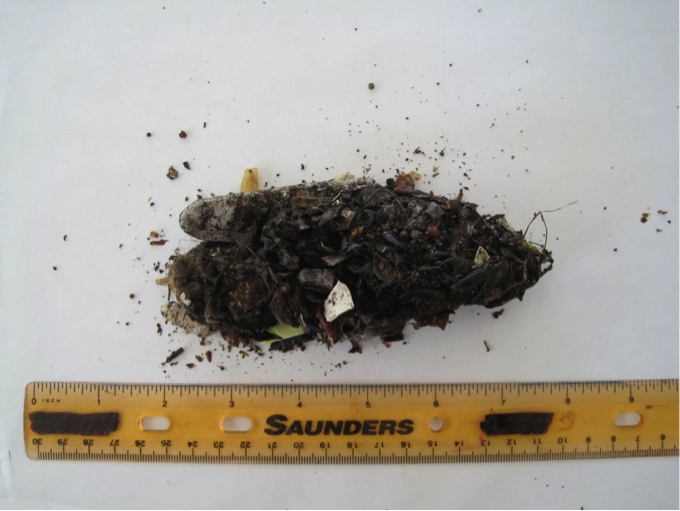
• Counting auklet burrows on the island to estimate breeding populations.
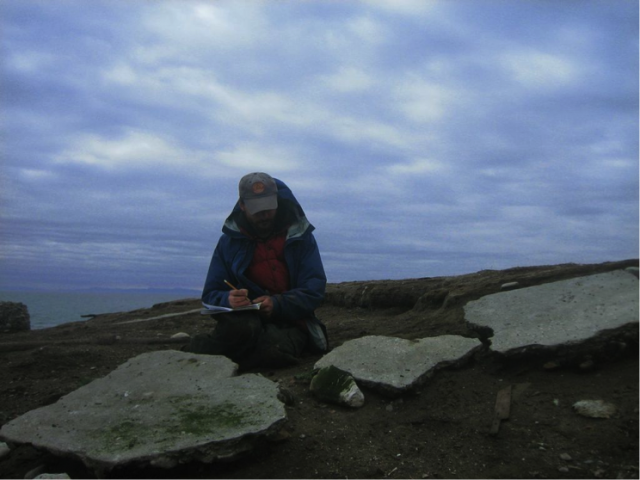
• Collection of sea lion scat for MLML student Keith Hernandez’s thesis project. Keith is looking at sea lion diet using these scats. Way to go, Keith. Iron stomach!
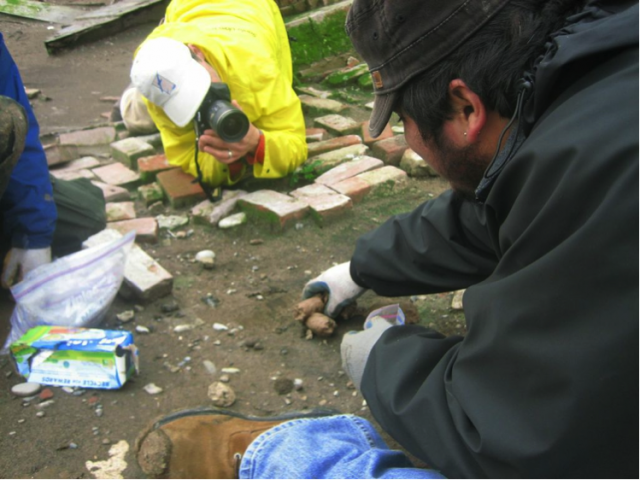
• Weed pulling: Removing invasive species to ensure survival of restored native plants that are better at resisting erosion.
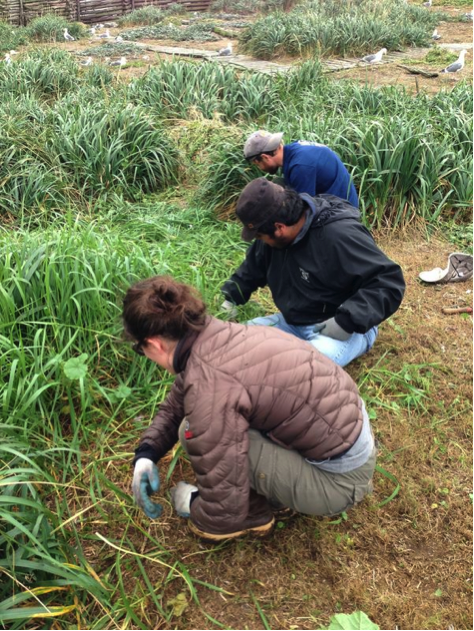
The craziest (and definitely grossest) part of the day was the half hour crawl each way through a sea lion haul out area. Ryan’s scientific permits did not allow for us to harass the seals or sea lions in any way. Since it’s a breeding ground we had to be very careful to not disturb them. So to avoid any unnecessary disturbance we had to crawl "commando style" from the fenced-in restoration area to the old Lightkeeper’s house, where we collected the Pelagic and Brandt’s Cormorant boluses. And since this part of the island belongs the seals and sea lions they urinate, defecate, and die anywhere they desire. And yes, we had to crawl through all of that … the joy of field biology!
But it was a great and we had a lot of fun in the name of science! Año Nuevo Island is a unique and amazing wildlife refuge that has been called the Galapagos of California — if anyone gets a chance to join Ryan on the island, I highly recommend it. It’s a chance of a lifetime.

